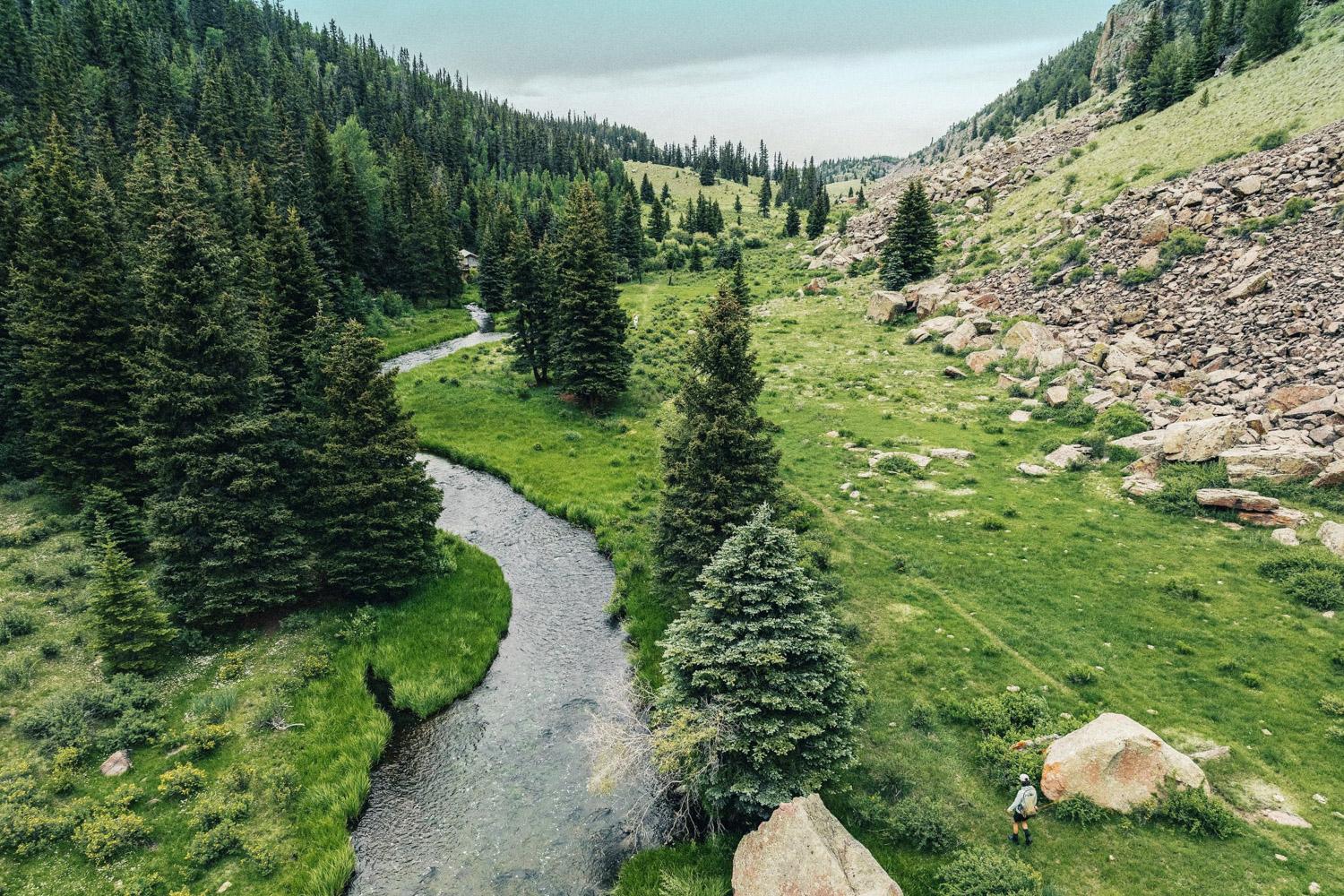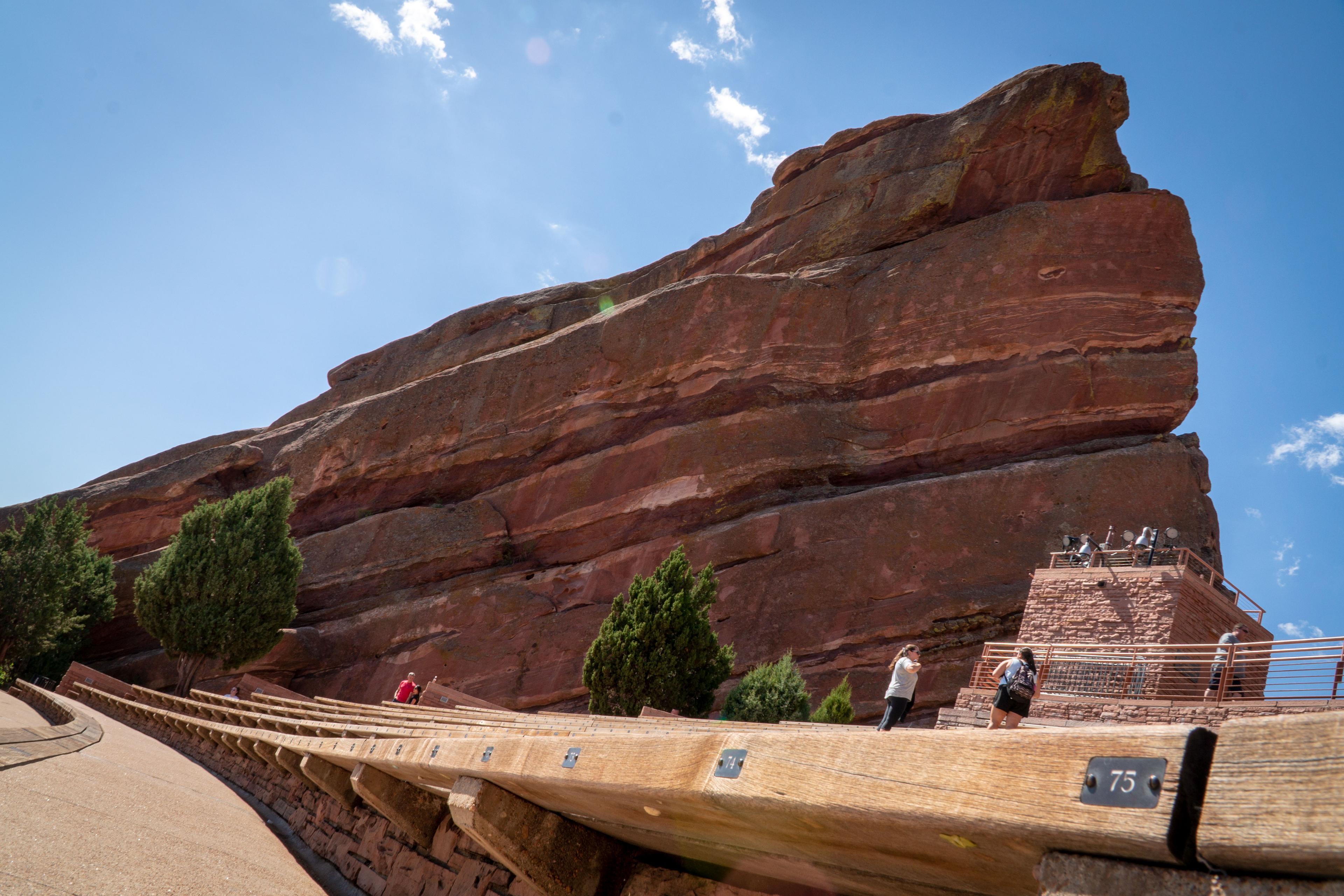
Colorado’s iconic Red Rocks Amphitheatre is sometimes trumpeted as acoustically perfect. But that’s not what Nick Stocchero experienced last May.
That spring night, “in typical Colorado weather fashion,” was less than ideal for an outdoor show. It was snowy and chilly. That’s another part of the legend. Red Rocks weather is extra squirrely.
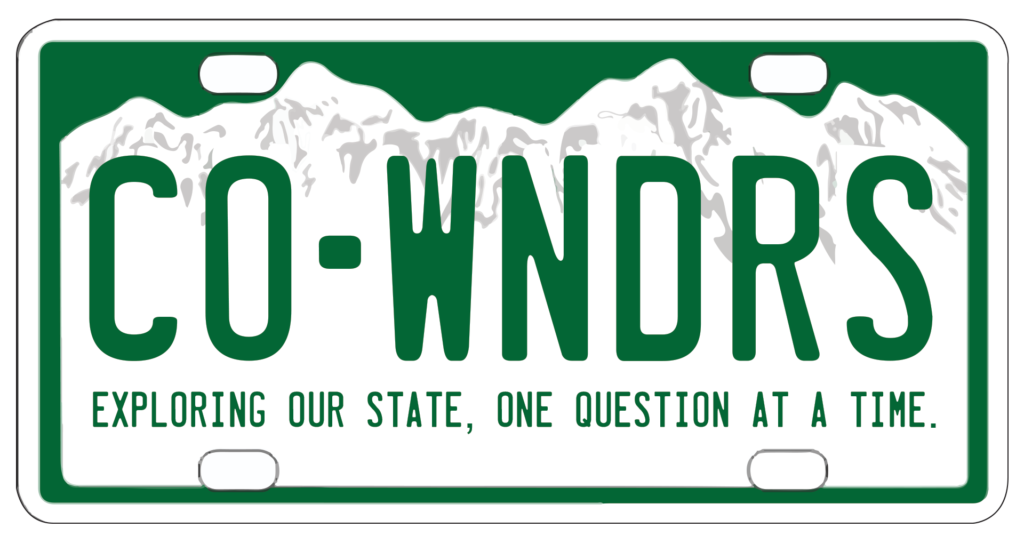
“And there was a crosswind across the entire venue,” the Denver software developer said. “I noticed… the saxophone, the falsetto singing became very powerful at some points and then it got very soft at some points.”
The “sound irregularities” he heard from way up high didn’t appear in videos he watched later of the same concert. Those videos were taken much closer to the stage than his nosebleed seats. Which prompted him to ask Colorado Wonders if “there are advantages or disadvantages to sitting far or close to the stage when you're at a show at Red Rocks.”
Andy Torri, front-of-house engineer for Colorado band Big Head Todd & the Monsters, has a guess as to what Stocchero heard that night way up toward the top of the amphitheater.
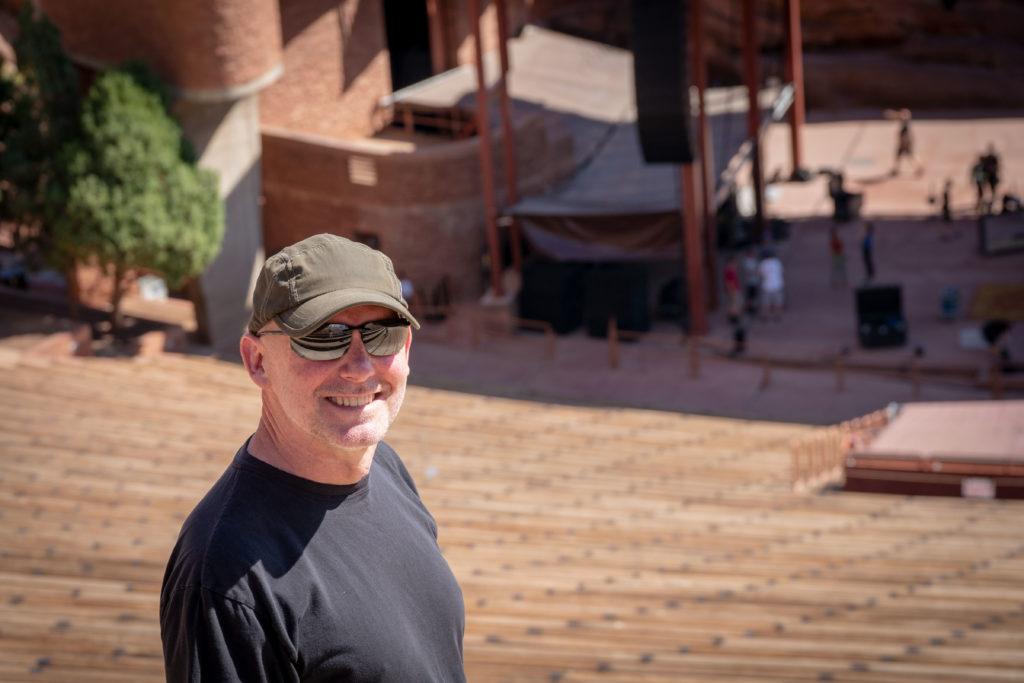
“The further up the hill you get, the more the wind can come into play,” Torri explained to Stocchero. “A crosswind will play even more on that and you can get a swirling in the sound where it sounds good one minute, and then it sounds like the vocals or an acoustic guitar go away the next.”
It seems unfair to cast Red Rocks as acoustically perfect. To get a show sounding great there, an act’s sound team has to overcome many challenges. Torri has done the sound for about 20 shows at Red Rocks, including Big Head Todd’s concert back in June.
He said that was a “smooth” evening. But they aren’t always so smooth, and at outdoor venues like Red Rocks, he often has to work against temperature, wind, humidity and altitude.
“They all affect [the sound] differently,” he said. Although, a little rain isn’t necessarily a bad thing.
“The moisture in the air actually helps carry the sound... whereas the wind may be taking that away,” Torri said. “I did a show in Aspen years ago outside where it started to snow in the show and I don't know that it's ever sounded better.”
The steep incline is also a challenge, for both the sound and concertgoers walking in. Torri said he might rig the speakers with a slight tilt “to get up the hill and be powerful coming up the hill.”
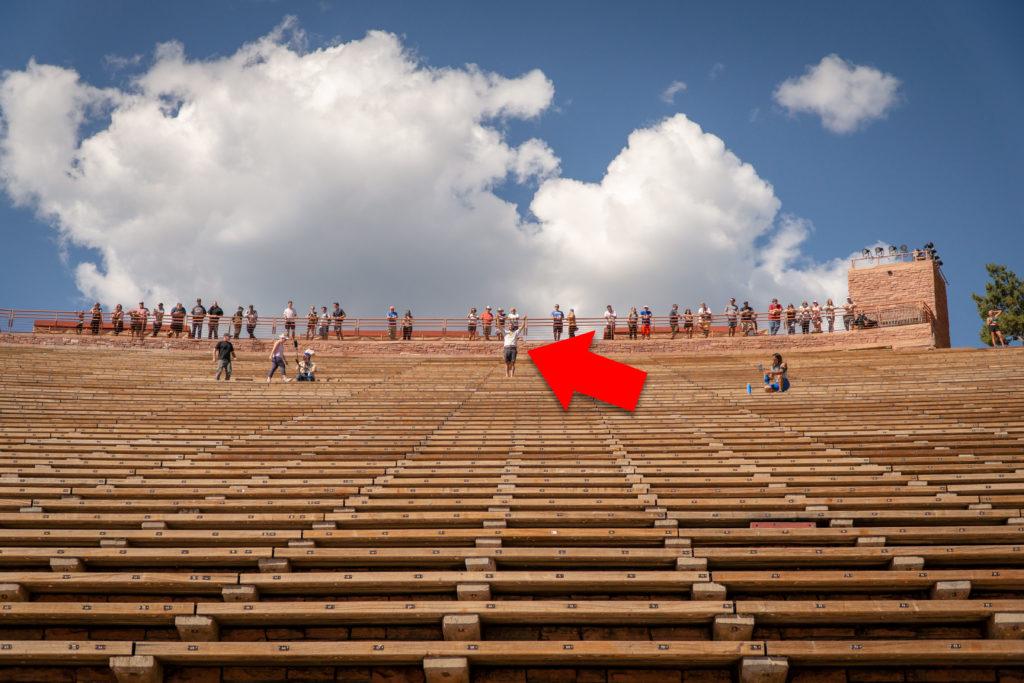
Torri does a sound check no matter where the band performs to prepare for as many scenarios as possible. Pink noise, which “has equal energy per octave,” helps him figure out which frequencies are being boosted or diminished by the venue’s acoustics. From there, he can equalize the overall mix that will be sent to the speakers that night.
He’ll do all this work ahead of time, but he can also make adjustments throughout the show.
“One of the things of live sound is it's over in a moment. You don't get to hit rewind, you deal with the situation and keep moving.”
A packed Red Rocks is also a boost. All of those bodies can “actually help the sound.” Although, soundcheck didn’t happen with the screaming hordes in the stands.
“And so the reflective surfaces of the stairs of the seats is bouncing back at you as opposed to during the concert where all the people are soaking up the sound,” Torri said. “They may be yelling and screaming and adding their own noise level to the show. But they’re also soaking up the sound and creating a different environment.”
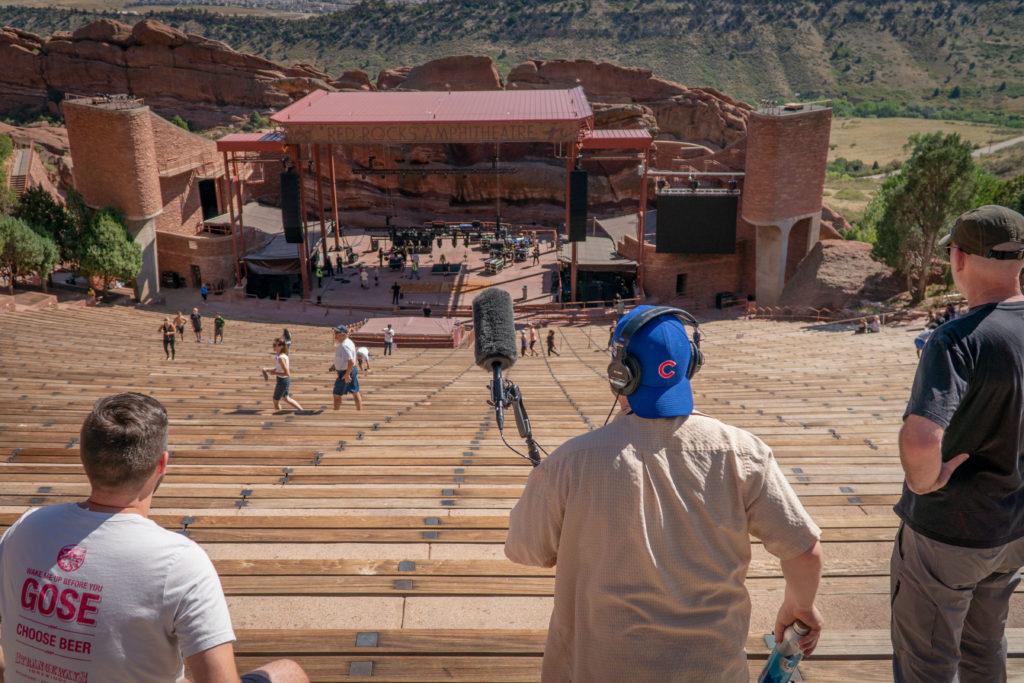
So, is there a best place to sit? Torri likes to sit up close, about row 17. But it’s also very subjective, and the best seats will be different for everyone. If you like your music loud, then you’ll be happier down in front, he said. If not, then “move higher up the hill where it's not quite so powerful.”
“You can move left to right and it can change,” Torri said. “So really move around and find your spot. Every venue is different. Every concert is different.”
Stocchero comes to a lot of Red Rocks show, about 10 every summer he said. But now, with this new intel on where to sit, he felt “like I am a more educated Red Rocks concert goer” with a deeper appreciation for what’s going on in the sound booth — even if the sound isn’t perfect.
“I would come back here if no one was engineering the sound and they were just playing it out of an iPod,” he said. “Whether it's a concert or not, there's something special about this place.”







